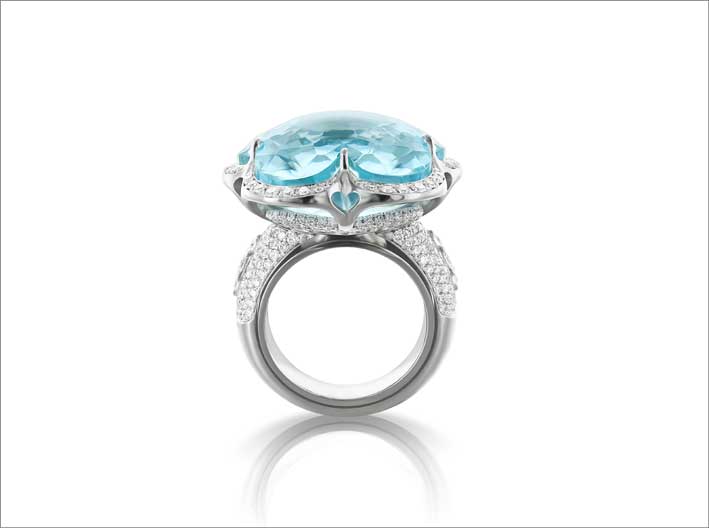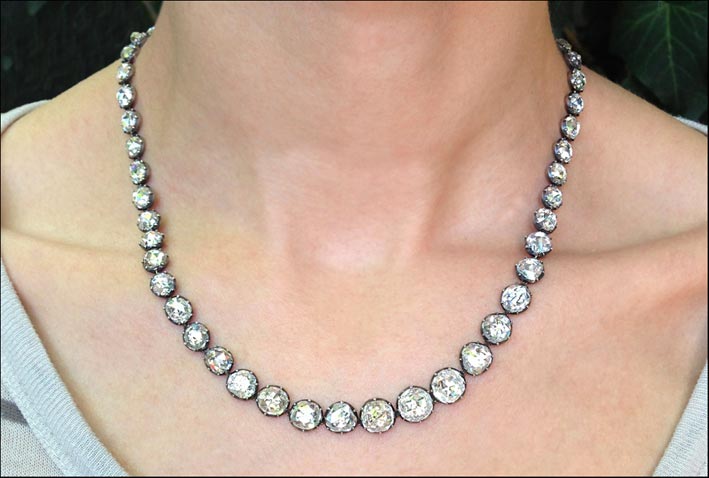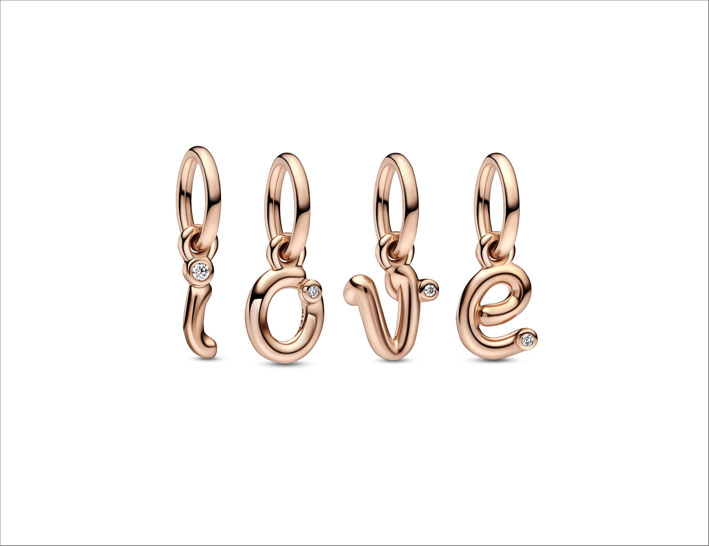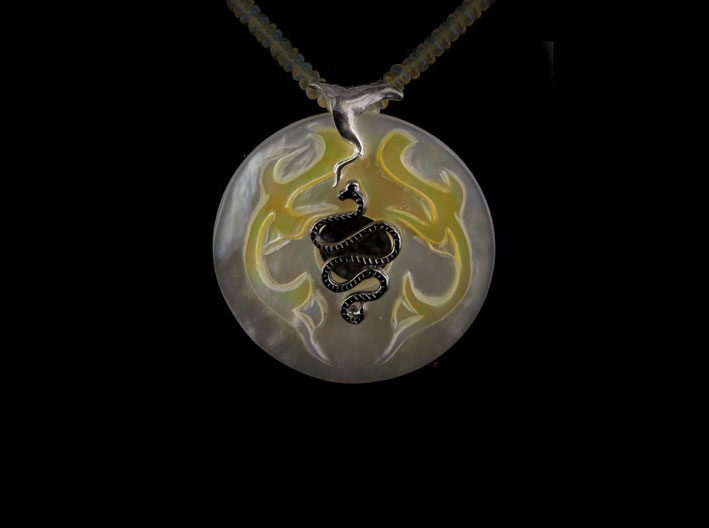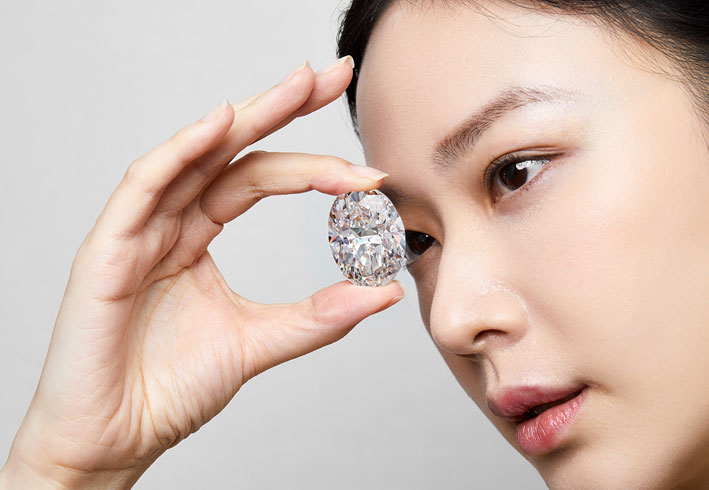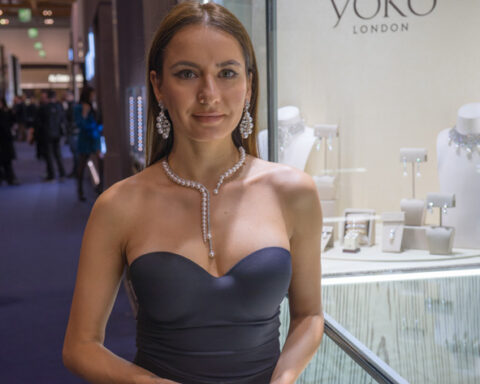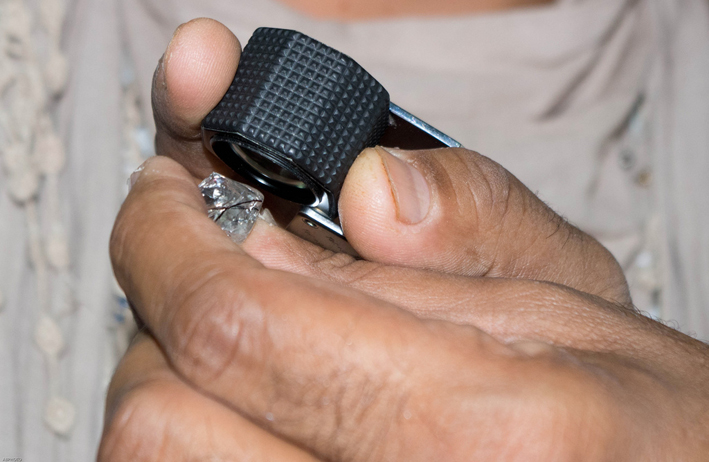Do you know how the stones are set in a ring? The settings are not all the same. Here’s what setting means and what the differences are ♦ ︎
Do you know what kind of workmanship the ring you wear has? If you also use a gem, it is likely that the craftsman who made the ring placed it with a setting. But perhaps you don’t know that there are different types of embedding, that is, the arrangement of the stones on and inside the metal that contains them: an operation that is performed by hand with the necessary skill. The setting is used to hold the stones in the jewels: the space that houses the stone is called a bezel.
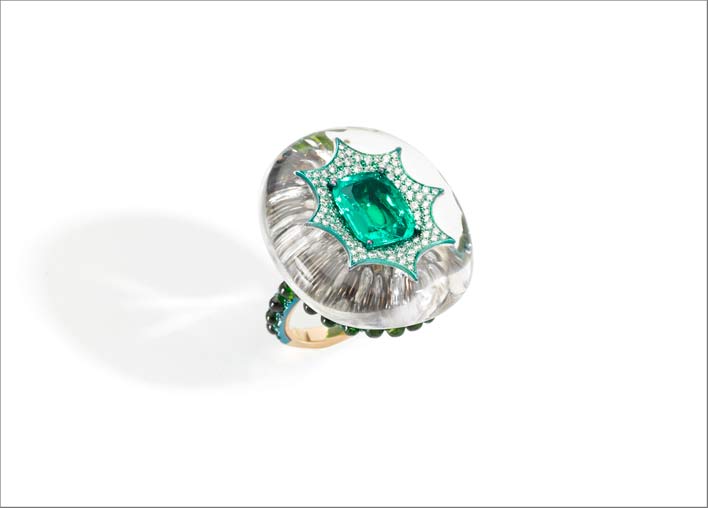
Read also: all about the bezel
Semi Bezel. The “open” embedding means that the stone is placed in a perforated metal and receives the light from the reverse. Basically the rays of light also hit the back or side of the stone, which is embedded in a metal circle (if the stone is round). Of course, for this type of setting, the stone must be extremely transparent, like a diamond. In this way the light can pass through the stone and be reflected outside. The advantage of this type of processing is that the stone is brighter, since it also receives the rays of light from the lower surface. On the other hand, the jeweler’s work must be done very carefully, to prevent the stone from accidentally coming out of the metal.

Bezel ring. The setting is obviously the opposite of the semi bezel setting. It is used, in fact, when the stone mounted in the jewel is not particularly transparent and, therefore, does not need to let the light filter through it. With this setting, the stone housing is closed, with a metal base on which the stone rests. It is also the most common case of setting, especially in jewelry that uses semi-precious stones.
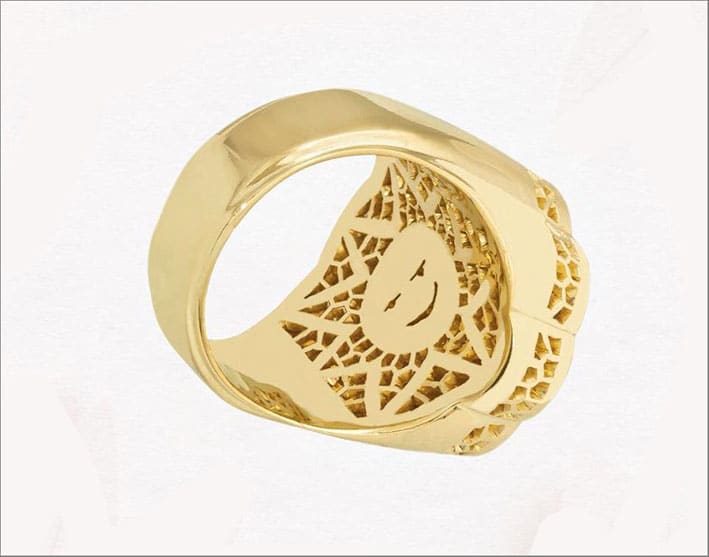
Pavé. When so many small stones are placed next to each other, so much so that it is difficult to see the metal that contains them, a pavé is obtained: it can be limited to a row or cover an entire surface of the jewel. The pavé can surround a larger stone , thus creating a bezel that is formed from other gems instead of metal.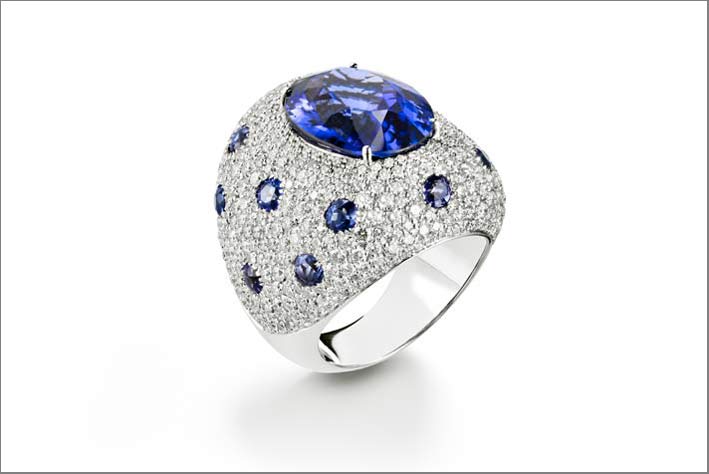
Riviére. The setting of this type is made up of a row of gems, almost always brilliant cut diamonds, which are arranged along a straight line: also in this case with little visible metal. Unlike the classic riviére used, for example, for necklaces, in this type of setting the stones do not always have a scalar dimension. That is, all stones of the same size are used.


